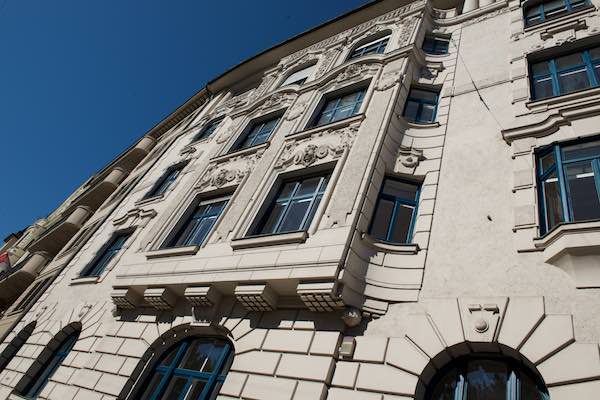Is there a grace period for patents in Europe or Germany?
You have made an outstanding invention and want to protect it, in particular in Europe, but you have already published it? The below article informs you about a grace period applying in Germany, which may still allow you to get protection for your invention in Germany.

One essential criterion for the patentability of an invention is novelty. According to patent law, an invention is considered novel if it does not form part of the state of the art defined by information publicly available before the filing date (or the priority date) of the patent application. This includes publications, other patents, presentations, fairs, company tours, the actual use of an invention in public, etc. In other words, an invention is considered to be public whenever an unlimited number of people could potentially gain knowledge about the invention. This may already be true if the invention is disclosed to a person which is not subject to secrecy. In particular, this also means that the development cannot be made public by the inventor themselves before the first filing date of the patent application.
But is there a way to obtain a patent even after an invention is made public? In some countries (e.g., in the US) there exist a so-called grace period, typically between 6 and 12 months, within which an invention may still be protected after its publication. However, the German and European patent law do generally not provide such a grace period.
There is a first exception to this general rule: According to Art. 55 (2) of the European Patent Convention (EPC) and the corresponding Par. 3 (5) No. 2 of the German Patent Law, there is a 6-months grace period, which applies to all publications happening as a consequence of the applicant publishing the invention at some defined international trade fairs (e.g., typically the “world fair”). However, according to our professional experience, this provision is of only of limited practical relevance.
Yet, there is a possibility to protect inventions at least in Germany even after they have been made available to the public: The German utility model. It is another form of an intellectual property right for protecting inventions. Further (and notably), it allows for a grace period of six months.
Generally, the criteria for a German utility model are the same as for a patent. That is, for a valid protection, the invention needs to be novel, involve an inventive step and be susceptible of industrial application. The main differences to a patent are that the application is not examined regarding the fulfilment of the required criteria and that the utility model cannot protect any process. Further, the term of the German utility model is only a maximum of 10 years compared to up to 20 years for a patent.
However, any description or use made within six months prior to the date of filing the application (or the priority date) is not considered prior art, if it is based on the elaboration of the applicant. That is, with regard to the own disclosures of the applicant (or their predecessor in title), there is a grace period of 6 months. In addition to that, a public prior use is only relevant when it happened in Germany.
Further, a German utility model can also be derived (or “split off”) from any pending patent application having effect in Germany, i.e., from any German, European or PCT application (for the latter two, only if Germany is designated). More precisely, splitting off the utility model can be done within 2 months after the end of the month in which the pendency of the application terminated (e.g., if the application forming the basis for the utility model is deemed to be withdrawn on January 03rd, the utility model can be derived by March 31st). Such a derived utility model enjoys the filing date and the priority date of the application on which it is based.
In summary, it is possible to gain protection for an invention in Germany even if the inventor has made it public, as long as an application is filed within 6 months after the publication, and a utility model based on this application is filed within the relevant time frames. Examples include that just the utility model is filed within 6 months from the publication, another patent application is filed within this time and the utility claims its priority, or a utility model can be derived from such an application. Besides the grace period, utility models also have the advantage of lower costs and a registration procedure of only several months. However, there is also a greater risk that it will be attacked and potentially being invalidated due to the lack of substantive examination prior to registration.
In any case, the utility model provide you with an opportunity of obtaining protection for your invention in Germany (and thus, in the largest market in Europe) even if you have published it.
Please do not hesitate to contact us in case of further questions regarding the discussed matter or if you would like advice regarding a specific invention. Please also let us know in case you know of any other jurisdictions in Europe where a corresponding grace period applies. You can reach us via email to mail@stellbrink-partner.com or by calling +49-89-41112880. We are always happy to help you!



